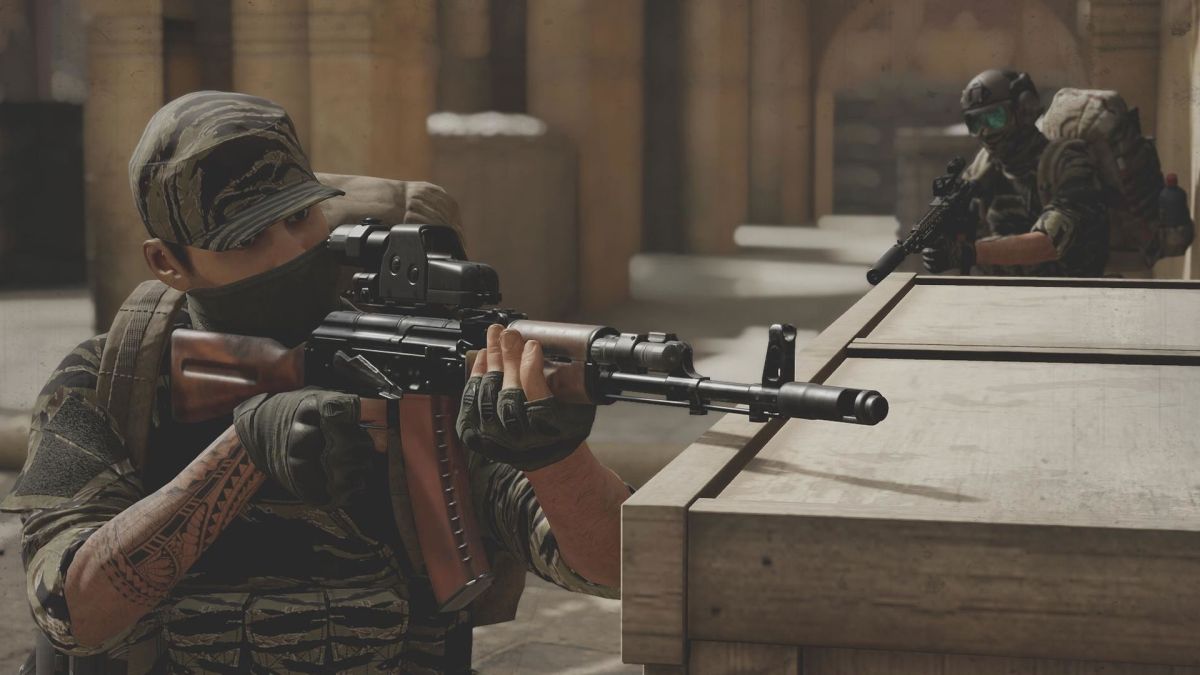

Despite the recent turn away from COIN, wars amongst the people will be an enduring characteristic of war. However, Western ethnocentrism is also the reason that this book contributes to the historiography of insurgency it takes us away from our pre-conceived notions of the political ends and utility of sub-state violence. While the predictions on the future of sub-state political violence may seem trite, Black justifies them by viewing them through the Western ethnocentrism that underpins our analysis. It fills a crucial gap in the Western understanding of intra-state conflict, particularly the cultural perspective on organized violence for political ends and its utility in cultures other than our own.
Insurgency professional#
Insurgency and Counterinsurgency: A Global Perspective provides the military professional with the vicarious experience of insurgency and counterinsurgency through the ages and across the globe. A significant and timely contribution to understanding the new meaning of war. It was those conflicts, Black stresses, that were the beginning of a new revolution in military affairs that the powers-that-be still grapple with today. But to get there, Black traces the beginnings, when the component parts of both the former Yugoslavia and the Soviet Union sought independence. Although the author takes readers on a brief tour of insurgencies throughout history, especially those in Africa, Latin America, and Asia, his prime focus remains on the situations found in Afghanistan, Iraq, and Syria. Commentators have even given insurgency a new name: asymmetrical war. In his new study, respected military historian Black seeks to enlighten readers by highlighting not only the mainstream analysis of guerrilla operations but, more importantly, the evolution of counterinsurgency doctrine. Consequently, the face of war has been altered. Now the public no longer worries about nuclear Armageddon, but instead fears suicide bombers in European capitals. The nature of war has changed, especially since the collapse of the former Soviet Union. His sweeping study of insurrectionary warfare and its counterinsurgency counterpart will be essential reading for all students of military history. At every stage, he considers lessons learned by contemporaries, the ways in which norms developed within militaries and societies, and their impact on doctrine and policy.


He weighs how, and why, lessons were “learned” or, rather, asserted, in both insurgency and counterinsurgency warfare. Tracing insurgencies ranging from China to Africa to Latin America, Black highlights the widely differing military and political dimensions of each conflict. He shows the extent to which power politics, technologies, and ideologies have evolved, creating new parameters and paradigms that have framed both governmental and public views. Interweaving thematic and chronological narratives, Black probes the enduring linkages between beliefs, events, and people on the one hand and changes over time on the other hand. Unlike other studies that begin with the American and French revolutions, this book reaches back to antiquity to trace the pre-modern origins of war within states. Jeremy Black moves beyond the conventional Western-centric narrative, arguing that it is crucial to ground contemporary experiences in Afghanistan and Iraq in a global framework. This timely book offers a world history of insurgencies and of counterinsurgency warfare.


 0 kommentar(er)
0 kommentar(er)
